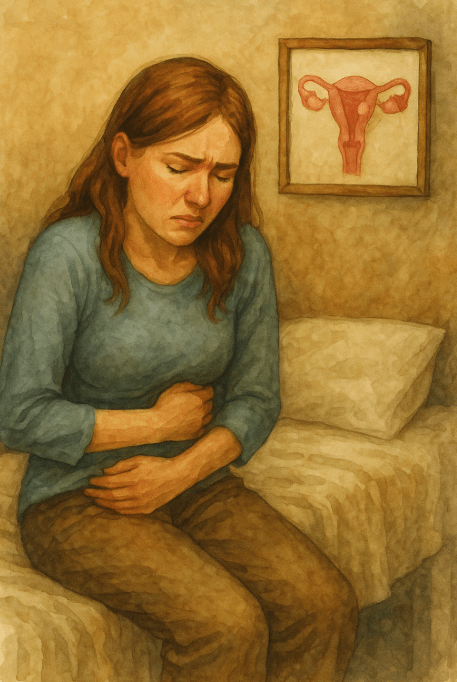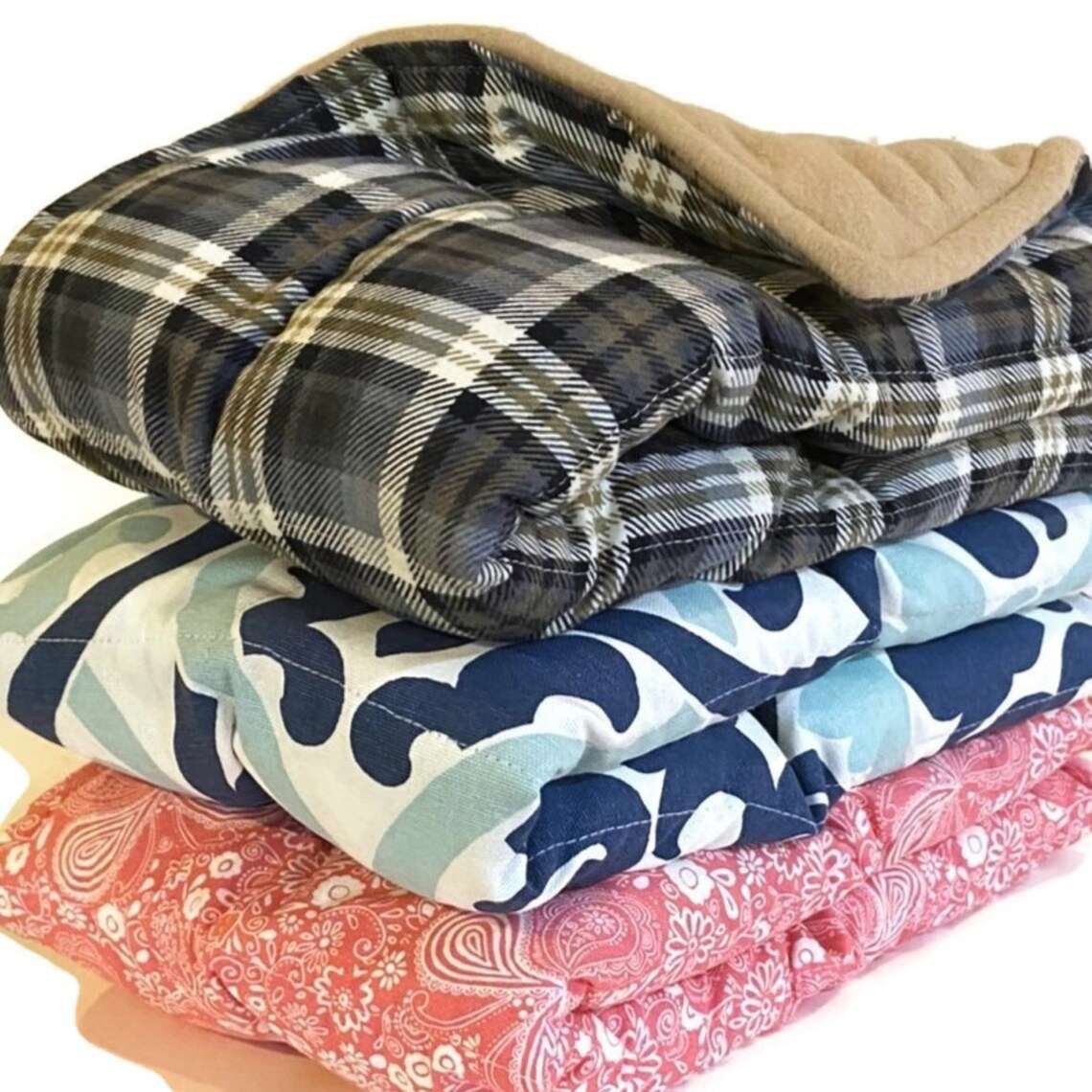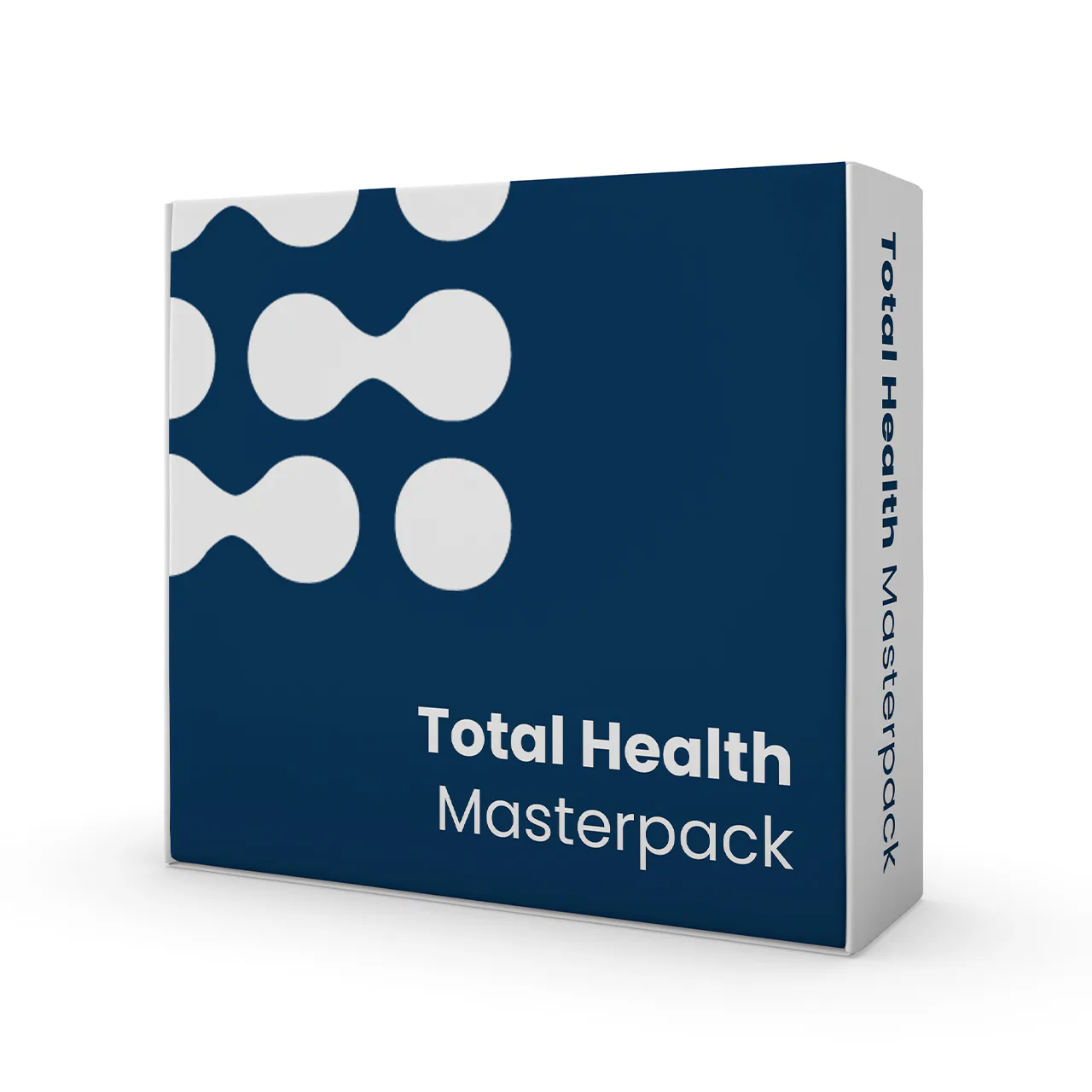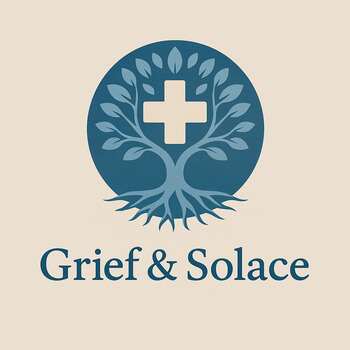Grieving Uterine Fibroids: When Pain and Loss Take Root Together
Grief with uterine fibroids grows quietly, through missed celebrations, fertility struggles, and the endless hope for a body that feels like home again.

This post blends real grief with grounded knowledge. It isn’t clinical. It isn’t distant. It’s meant to sit beside you—not above you. The story you’ll read is meant to reflect what so many feel when living through or witnessing this condition: confusion, exhaustion, and quiet forms of courage.
If what you read feels familiar, please speak with your doctor. Your pain deserves more than silence.
We Dreamed of a Family, but Her Body Had Other Plans
She used to track her cycle with colored pens…purple for ovulation, green for days full of hope, and red for “not this time.”
It was a quiet ritual that wrapped her in cautious optimism. But then the red started arriving early, hanging around longer, and bleeding heavier.
She brushed it off, attributing it to stress, hormones, or maybe just needing more iron, rest, or a new multivitamin. Deep down, though, she knew something was off. The cramps grew sharper, fatigue became louder, and she ceased wearing white or planning date nights during those weeks. She began stashing pads in every bag, drawer, car, and coat pocket.
🧠 Symptoms:
Fibroids are noncancerous growths of the uterus, common during reproductive years. Most are asymptomatic, but when symptoms occur, they may include:
– Heavy or prolonged menstrual bleeding
– Pelvic pressure or pain
– Frequent urination or difficulty emptying bladder
– Constipation
– Enlarged abdomen or feeling of fullness
– Lower back pain or pain during sex
– Rarely, acute pain if a fibroid outgrows its blood supply and degenerates
Types by Location
– Intramural: within the uterine wall
– Submucosal: project into the uterine cavity
– Subserosal: project outside the uterus
Then came the ultrasound, followed by the word: Fibroids…
Benign tumors in the uterus: Common…Manageable… “Don’t worry,” they said.
But they never mentioned that common doesn’t mean painless.
They didn’t tell her that her womb would feel perpetually full…not with life, but with weight, pressure, and blood that simply wouldn’t stop. She missed work, outings, and intimacy. There were nights she curled up on the bathroom floor, clutching her abdomen as if it owed her an apology.
Some mornings, she stood in front of the mirror, staring at a stomach that looked pregnant and hating how much she wished it was.
She and her husband had picked out names, discussed strollers, and saved nursery photos, but those fibroids had their own plans… They tried…God, they tried…
Timing their cycles, taking supplements, and sending prayers up.
But she lost two pregnancies, both early, both blamed on the fibroids growing in all the wrong places.
Complications:
– Anemia due to heavy bleeding
– Infertility, especially with submucosal fibroids
– Miscarriage or preterm labor
– Placental abruption or fetal growth restriction
– Chronic pelvic pain
– Recurrent UTIs or constipation
Causes:
Exact cause is unclear. Likely contributors include:
– Genetic mutations in uterine muscle cells
– Hormonal influences: estrogen and progesterone promote fibroid growth
– Growth factors including ECM and insulin-like factors
– Stem cell theory: one muscle cell mutates and proliferates
Fibroids often shrink after menopause due to decreased hormone levels.
So, they offered her a myomectomy, a chance to cut them out and give her body the opportunity to try again. She said yes, not just for the future, but to reclaim her present…
The surgery hurt, and healing took time, but for the first time in years, her body felt quiet. She doesn’t know if she’ll ever carry a child; the grief is still there…not as loud now, but lingering in the background. Yet, she wears white again, smiles freely without quantifying the risk, and lets her husband touch her without fear that pain will answer back.
She still dreams of family, but now her dreams prioritize wholeness first. Her womb was a battlefield, and she survived without glory. But in the stillness that followed, she discovered the power in choosing herself.
Her womb was a battlefield, and she survived without glory. But in the stillness that followed, she found power in choosing herself.
Risk Factors:
– Reproductive age
– Black race (earlier onset, more severe symptoms)
– Family history
– Early menarche (less than 10 years old)
– Vitamin D deficiency
– High red meat, low fruit/vegetables diet
– Alcohol use, especially beer
– Obesity
📘 Diagnosis & Treatment
Diagnosis
– Pelvic exam: enlarged or irregular uterus
– Ultrasound: abdominal or transvaginal
– MRI: defines size, number, and location
– Hysterosonography: saline infusion ultrasound for submucosal assessment
– Hysteroscopy: direct visualization
– Hysterosalpingography: for infertility evaluation
Treatment
Watchful Waiting
Appropriate if asymptomatic or mildly symptomatic. Fibroids often shrink after menopause.
Medications
– GnRH agonists: temporarily shrink fibroids, cause menopausal symptoms
– GnRH antagonists: newer, better tolerated with add-back therapy
– Progestin IUD: controls bleeding, does not shrink fibroids
– Tranexamic acid: reduces heavy bleeding
– NSAIDs: pain relief only
– Oral contraceptives: control bleeding, no effect on fibroid size
Noninvasive Procedure
– MRI-guided Focused Ultrasound Surgery: destroys fibroid tissue with sound waves, outpatient, uterus-sparing
Minimally Invasive Procedures
– Uterine Artery Embolization: cuts off blood flow to fibroids
– Radiofrequency Ablation: destroys fibroid tissue via heat
– Myomectomy: laparoscopic, robotic, or hysteroscopic removal
Traditional Surgery
– Abdominal myomectomy for large or multiple fibroids
– Hysterectomy: definitive cure, ends fertility
– Morcellation: breaks fibroids into smaller pieces for removal, risk of cancer spread
Fertility
– Myomectomy preferred for preserving fertility
– Hysterectomy or ablation ends fertility
– UAE and RFA may impact future fertility
– Pre-treatment fertility evaluation recommended
Recurrence
Fibroids may grow back after surgery unless uterus is removed; conservative treatments have higher recurrence rates.
Lifestyle & Prevention
No definitive prevention. Maintain a healthy weight, eat fruits and vegetables, exercise regularly. Some birth control methods may reduce risk.
Living With It (Grief & Solace)
Fibroids aren’t fatal but they are relentless. They take your blood, your time, your clothes, your calendar. They show up uninvited, make you look pregnant when you’re not, or make it harder to conceive. They leave you tired, drained, and ashamed to talk about what’s happening under your skin.
The grief isn’t loud—it’s cyclical, monthly. It stains sheets, skips parties, makes sex feel like a chore or a curse.
But there is relief. There is choice. There is a map back to yourself. Whether you keep your uterus or let it go, you are still whole. Still worthy. Still strong.
I know this is heavy, and I understand that the road ahead may feel like a tangle of loss and unanswered questions. But please hear this: you are not broken because you are hurting; you are not weak because you are afraid. You are living through something real, and survival itself is a kind of grace. You are allowed to struggle, you are allowed to hope, and you are allowed to not have all the answers today. Whatever comes next, you do not face it empty-handed; you carry every moment of love that shaped you, and that will always be enough to keep going.
🎀 Gifts to help With Uterine Fibroids
🏥 Everyday Comforts for Everyday Battles
Managing Uterine Fibroids often means needing a little extra help.
Sometimes it’s about restoring dignity, ease, or simply getting through the day with less pain.
These carefully chosen tools aren’t just items; they’re small bridges back to living.
This section is about finding practical support, never shame.
Pelvic Heating Wrap – Relief for a Uterus That’s Carrying Too Much
Fibroids bring constant pressure—sharp cramps, dull throbs, and swelling that feels like you’re dragging a stone in your belly. This wrap delivers targeted heat to the lower abdomen and lower back with adjustable compression to ease tension and pain. Wearable at rest or on the move. Because your uterus deserves more than a shrug and a heating pad.
🌿 Paths to Healing Beyond the Map
Sometimes traditional medicine isn’t enough.
If you’re exploring gentle, alternative options to help with Uterine Fibroids,
you might find comfort in plant-based compounds like **CBD or CBG**.
*This section is not medical advice, just a door left open.*
USA Medical Total Health Master Pack – Support for the Body That’s Tired of Bleeding This Much
Uterine fibroids drain more than blood—they sap energy, disrupt hormones, and send stress signals across the whole system. This Total Pack offers CBD, immune regulation, and nervous system support to help the body cope with the toll of heavy cycles and chronic inflammation. It won’t shrink the fibroids. But it may help you feel less like you’re at war with your own womb.
Need a Different Path Forward?
Every journey through grief looks different. Choose the next step that speaks to where you are now:
When You're Ready to Start Healing
Healing doesn’t mean forgetting.
It means finding small ways to carry your grief with strength and grace.
These are the stories, tools, and gentle steps to begin walking forward…at your own pace.
When You're Still in the Thick of It
Sometimes healing feels like a lie.
If you’re not ready to move on…if the pain still roars louder than the world wants to hear…this is the place where you’re allowed to feel it.
No sugarcoating. No pretending. Just truth.
When You're Holding on to Who’s Still Here
Grief reminds us to love louder.
If someone you love is still with you, this is your place to celebrate them, honor them, and create new memories while there’s still time.
Joy and sorrow can live side by side.






